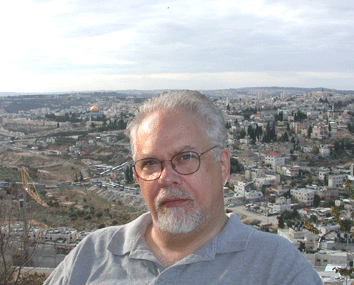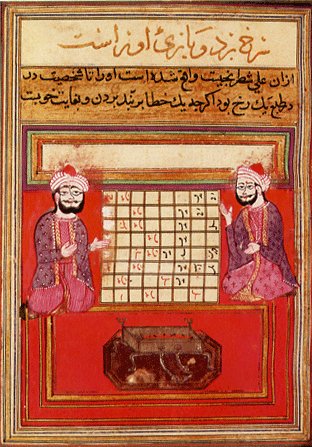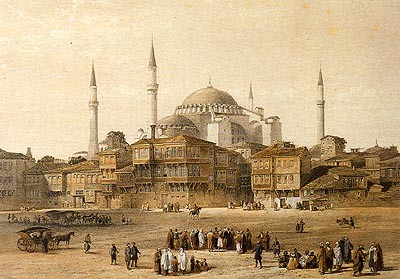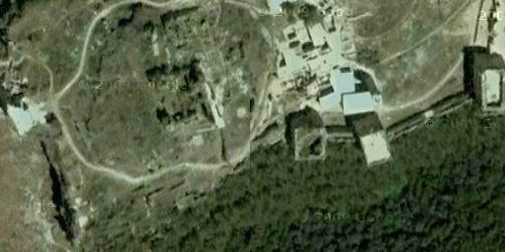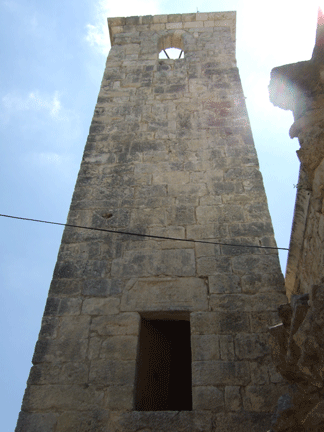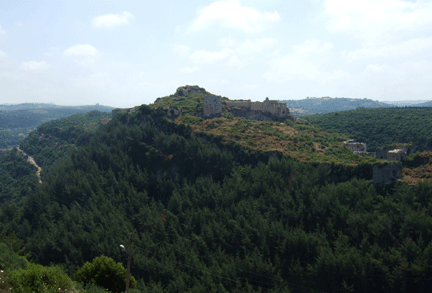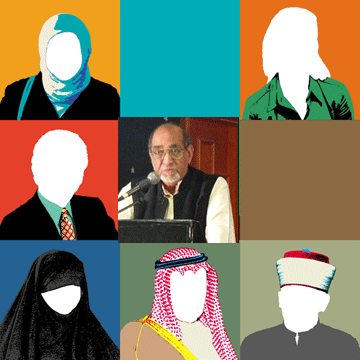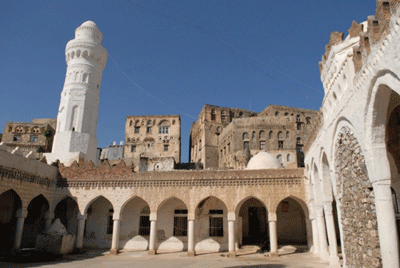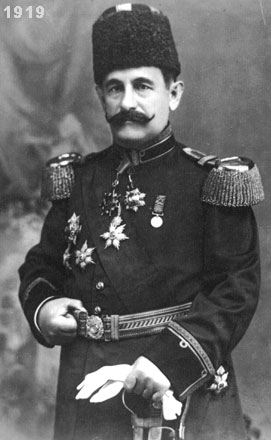
Mustafa Pasha Yamolki: his life and role in the Kurdish nationalist movement
by Dr. Rebwar Fatah, Kurdish Media, 2005
A king is just like a chess king today in the world.
From a poem by Shukri Fazli, Kurdish intellect, journalist and poet
There are countless Kurdish figures that have been denied due credit for contributing to the cause of their people. Mustafa Pasha Yamolki is but one. Attempting to name the others would risk missing some and history already excels at this.
Therefore, this article seeks to reveal some unknown details of Yamolki’s life and to reintroduce him after an absence that is unjustified for a human of such stature. It was a significant, but worthwhile, challenge to discover information about Yamolki. I depended heavily upon his immediate family, whose acquaintance I treasure a great deal.
Prior to his death on May 25, 1936 in the Alwazyrya area of Baghdad, Mustafa Pasha Yamolki asked to have this verse of poetry etched into his grave:
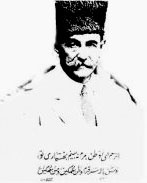
Etirsm ey weten bimrim, nebînim bextiyarî to
Binwsin ba leser qebrim, weten xemgîn u min xemgîn.
Which can be translated to:
My homeland, I am scared that I may die without seeing your happiness
Etch into my grave that my homeland and I are both sad.
Continue reading Mustafa Pasha Yamolki: From Istanbul to Suleymaniya
